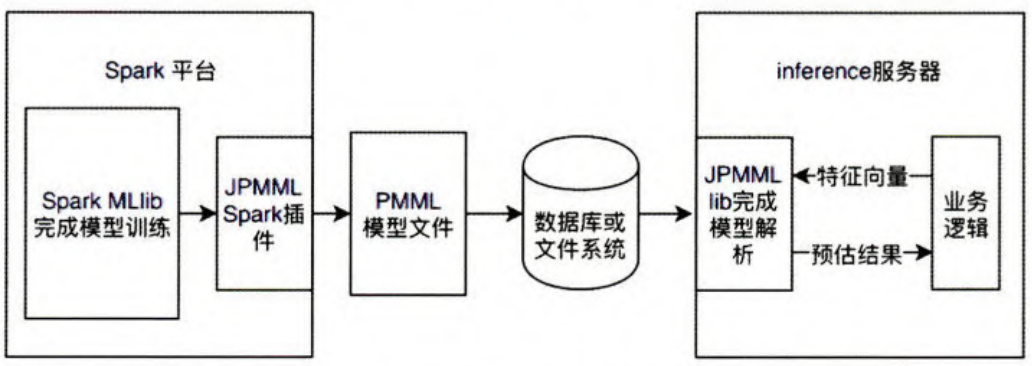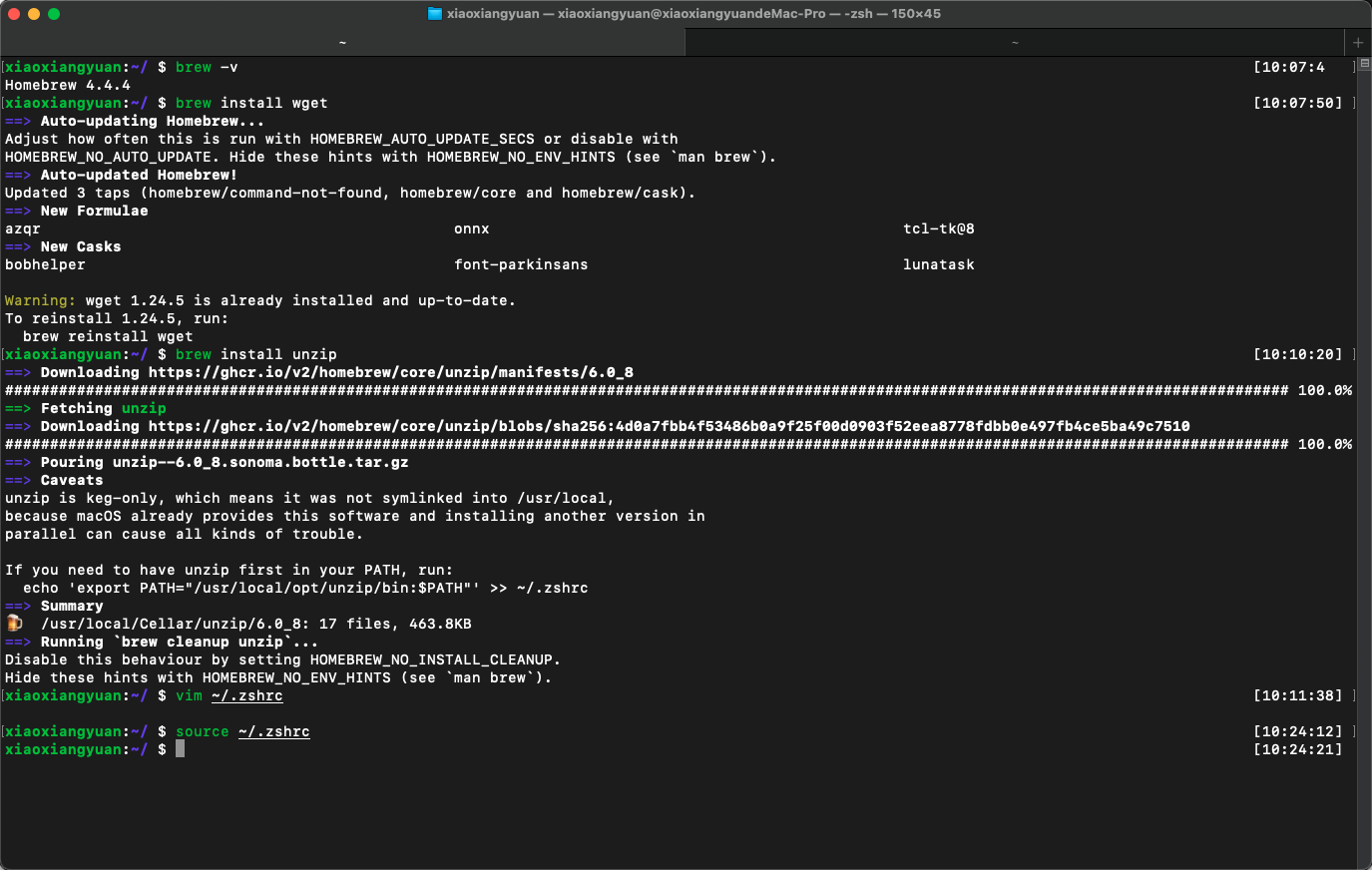1 判断车牌归属地
输入一串车牌号,按e结束,判断车牌归属于那里
例如:
输入:
jingA12345
huB34567
zheA99999
e
输出:
jing
hu
zhe
chepai =input('请输入车牌号:\n')
lst =[]
while chepai != 'e':
lst.append(chepai)
chepai =input()
for item in lst:
di = ''
for i in range(0,len(item)):
if item[i].islower():
di+=item[i]
else:
break
print(di)2 统计字符出现次数
输入一串字符,回车结束,再输入一个字符,回车统计该字符在字符串里出现的次数(不分大小写)
例如:
输入:
Hello,hi!!
h
输出:
2
instr = input('请输入你要的字符串:\n')
cha = input('请输入你想统计的字符:\n')
instr = instr.lower()
cha = cha.lower()
c = instr.count(cha)
print(c)3 格式化输入
假设往一个相亲网站上输入一些人的姓名、月收入、身高(以空格为界),将这些信息格式化之后按照表格的形式输出
例如:
输入:
张三 李四 王五
2400 2500 2600
165 171 181
输出:
姓名 收入 身高
张三 ¥2400.00 165.00
李四 ¥2500.00 171.00
王五 ¥2600.00 181.00
name = input()
shouru = input()
shengao = input()
namelst = name.split()
shourulst = shouru.split()
shengaolst = shengao.split()
for i in range (0,len(shengaolst)):
item = '%.2f'%eval((shengaolst[i]))
shengaolst[i] = item
for i in range (0,len(shourulst)):
item = '%.2f'%eval((shourulst[i]))
shourulst[i] = '¥'+item
print('姓名'.center(10),'收入'.center(10),'身高'.center(10))
for i in range (0,len(shengaolst)):
print(namelst[i].center(10),shourulst[i].center(10),shengaolst[i].center(10))4.提取一段文本中的所有网址
输入一段文字,使用正则表达式提取出这个文本里所有的网址并分段输出
import re
txt = input()
pattern =r'http?s://\w+.\w+.\w+.'
str1 ="https://blog.csdn.net/"
match = re.findall(pattern,txt)
for item in match:
print(item)效果演示:




















